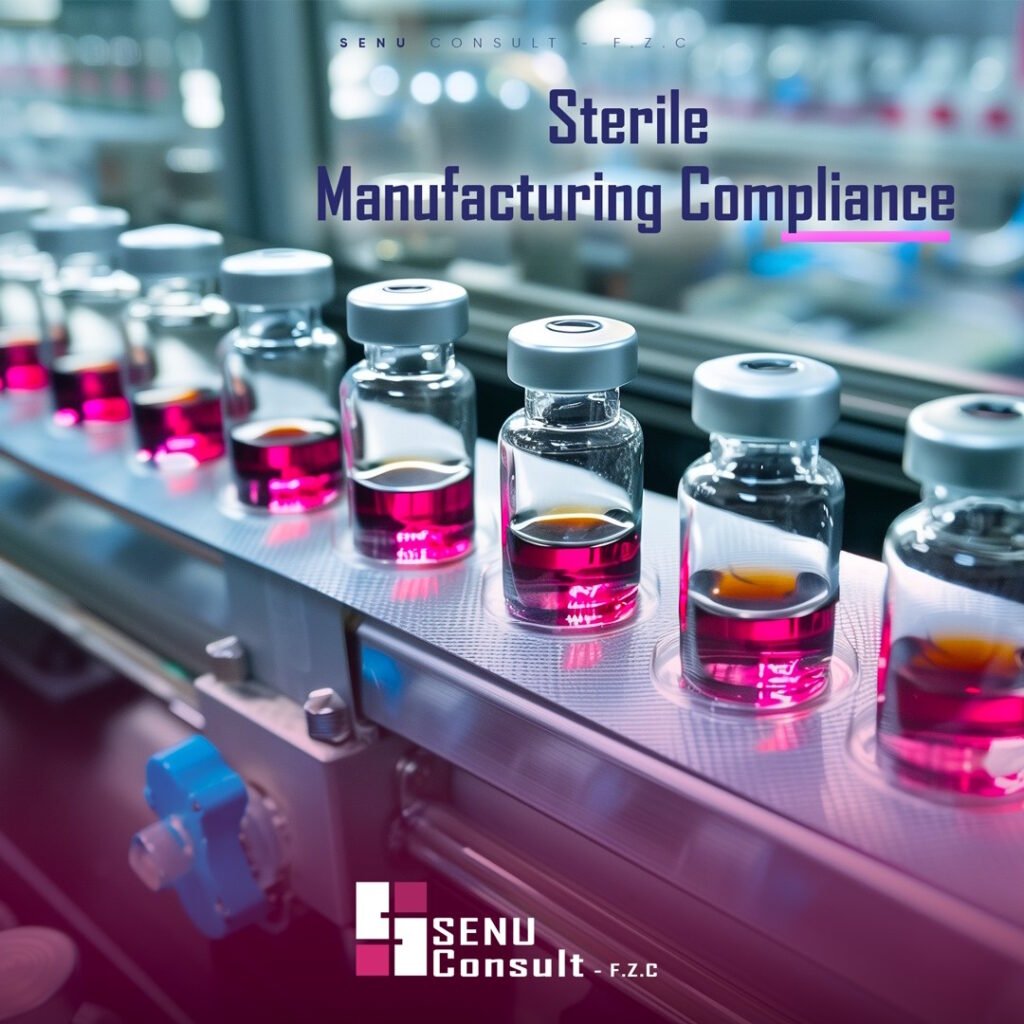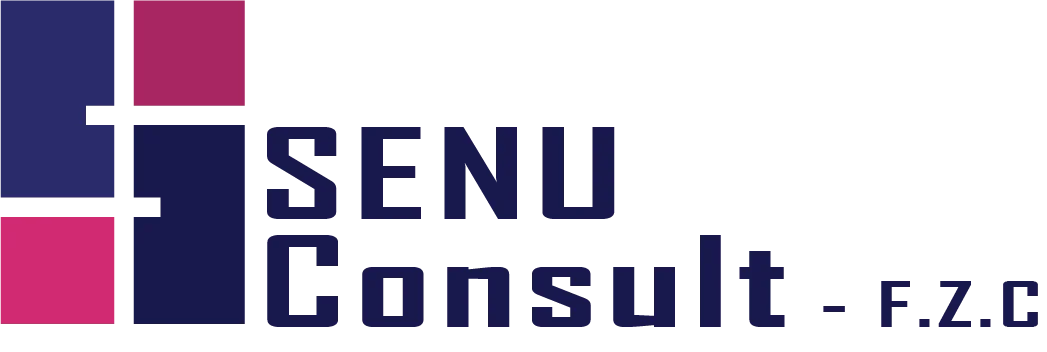Annex 1 sterile manufacturing compliance
Five Annex 1 Questions Answered: Expert Guidance for Sterile Manufacturing Compliance
When Annex 1: Manufacture of Sterile Medicinal Products was first introduced in the 1970s, it represented a landmark moment for the pharmaceutical industry. For the first time, EU regulators set out clear expectations for maintaining sterility in medicinal product manufacturing, covering everything from facility design to aseptic operations.
Since then, Annex 1 has gone through several revisions, each reflecting the growing complexity of sterile drug development and manufacturing. The most recent update, published in 2022, is more than 40 pages longer than its predecessor. This expansion highlights the level of innovation and regulatory refinement taking place in today’s life sciences industry.
Despite the changes, one principle has remained consistent: the purpose of Annex 1 is to guarantee patient safety by ensuring sterile and aseptically manufactured products remain free from microbial, particulate, and endotoxin contamination.
With this update, manufacturers around the world are asking critical questions about Annex 1 applicability, compliance requirements, and how to bridge potential gaps. In this article, we explore five essential questions that companies face, beginning with whether Annex 1 applies to their products and regions.
Annex 1 Application
1. Does Annex 1 apply to the products I manufacture?
For some manufacturers, the answer is obvious. For others, it is far less clear. The revised Annex 1 sterile manufacturing compliance guidance offers three categories of applicability:
YES – Clear applicability
Annex 1 applies directly if your operations involve:
- Sterile or aseptically manufactured drug products (including investigational medicinal products).
- Animal health products sold within the European Union.
- Non-drug sterile products such as saline solutions, ophthalmics, nasal sprays, and other sterile liquids.
- Medical devices and combination products marketed with a sterile claim.
- Sterile packaging components like ready-to-use vials, pre-sterilized syringes, stoppers, and sterile filter assemblies.
Even if these manufacturers are not directly inspected by EU authorities, they are increasingly scrutinized by customers. Buyers, who are themselves under Annex 1 obligations, require robust contamination control strategies (CCS) to minimize patient risks.
MAYBE – Guidance but not strict application
While regulators designed Annex 1 mainly for sterile drug products, its principles extend value to other sectors with contamination risks:
- Drug substances requiring reduced bioburden.
- Low-bioburden liquids, ointments, and creams.
- Operations involving sterilization (moist heat, dry heat).
- Utility systems like gases, purified water, and steam distribution.
- Cleanroom-based processes used for certain medical product manufacturing.
In these scenarios, Annex 1 may not be strictly enforceable, but adopting its guidelines demonstrates a proactive approach to contamination control and enhances global market credibility.
UNCLEAR – Grey areas
Some product classes sit in a regulatory “grey zone”:
- Oral solid dosage forms (OSDs): Regulatory experts advise case-by-case assessments.
- Advanced Therapy Medicinal Products (ATMPs): Because ATMPs involve aseptic handling, Annex 1 could apply.
However: - The European Commission’s ATMP guidance states Annex 1 does not apply.
- Meanwhile, PIC/S Annex 2A frequently references Annex 1 principles for ATMP operations.
In such cases, experts recommend performing a gap analysis against Annex 1, focusing on facility design, operations, and contamination control to determine potential risks to patients.
2. Does Annex 1 apply in my region?
Annex 1 compliance is not restricted to the European Union. Its influence extends globally, shaping standards in multiple regulatory frameworks:
- European Union (EU): Annex 1 is mandatory in all 27 national competent authorities.
- PIC/S (Pharmaceutical Inspection Co-operation Scheme): Adopted by 54 regulatory bodies, extending Annex 1 across member states.
- World Health Organization (WHO): WHO has adapted Annex 1 into its own GMP guidelines.
- Other regions: Regulatory authorities in Saudi Arabia, Canada, and the UK have incorporated Annex 1 principles.
Regions where Annex 1 is not yet enforceable
United States (FDA jurisdiction): Annex 1 has not been formally integrated into US GMP law. However:
- If a US manufacturer exports to Annex 1 regions, compliance is required.
- FDA regulators, who contributed to the 2022 update, are “generally aligned” with its content.
- Manufacturers may be assessed through an Annex 1 lens during FDA inspections.
China: Similar to the US, Annex 1 is not officially mandatory, but manufacturers targeting international markets benefit from aligning with its requirements.
Key differences: FDA vs Annex 1
- ISO vs Grade classification: FDA applies ISO cleanroom classification (ISO 5–8), whereas Annex 1 uses Grade A–D classifications, covering both “in operation” and “at rest” states.
- Airlock requirements: FDA requires a single airlock between ISO classes; Annex 1 requires multiple airlocks across Grade levels.
- Contamination Control Strategy (CCS): FDA does not require a CCS document, but expects risk-based protocols similar to those in Annex 1.
- PUPSIT (Pre-Use Post-Sterilization Integrity Testing): Annex 1 requires it, while FDA allows exceptions with scientific justification.
For US manufacturers, aligning with Annex 1 ensures readiness for exports, global competitiveness, and smooth FDA inspections under the “current” GMP paradigm.
Annex 1 Gap Analysis and Next Steps Toward Compliance
3. How do I know where my Annex 1 gaps are?
Identifying compliance gaps is a critical step in ensuring Annex 1 sterile manufacturing compliance. Manufacturers must conduct a structured gap assessment to evaluate current operations against Annex 1 requirements.
A typical gap analysis involves:
- Regulatory expertise: Understanding the latest EU GMP Annex 1 standards.
- Facility assessment: Evaluating cleanroom design, utility systems, and aseptic processes.
- Operational review: Comparing SOPs, contamination control procedures, and staff training against regulatory expectations.
Many organizations work with an AEC (Architecture, Engineering, and Construction) partner experienced in regulatory compliance. These experts can map deficiencies, prioritize corrective actions, and estimate cost and timeline implications.
The Contamination Control Strategy (CCS): Core of the Gap Assessment
The revised Annex 1 mentions the Contamination Control Strategy (CCS) more than 50 times across its 59 pages, underlining its importance.
Historically, contamination risks were addressed through separate SOPs, risk reports, and validation documents. Now, Annex 1 requires a centralized, holistic CCS that:
- Identifies contamination sources.
- Defines critical control points across the product lifecycle.
- Establishes corrective and preventive actions (CAPAs).
- Integrates with Quality Risk Management (QRM) and the Pharmaceutical Quality System (PQS).
A robust CCS ensures early risk mitigation during facility design and provides a continuous monitoring framework for ongoing compliance.
4. What are some common Annex 1 compliance gaps?
Manufacturers should be alert to frequent pitfalls that jeopardize Annex 1 compliance. Some of the most common include:
Process closure
Intervening in Grade A areas without proper barriers is no longer acceptable. Critical product-contact components must remain closed and protected from sterilization to final use. Automated aseptic handling and barrier systems are strongly emphasized.
Pass-throughs
Traditional “passive” pass-through boxes for transferring materials are insufficient. Annex 1 requires validated solutions such as air-supplied pass-throughs or sanitization systems (e.g., VPHP, UV) to maintain Grade integrity.
Single-use systems
Manufacturers must qualify single-use aseptic connectors and demonstrate closure integrity for each batch. Leachables and extractables need thorough evaluation. Annex 1 also reinforces PUPSIT requirements for filtration steps.
These gaps, if unaddressed, expose operations to regulatory scrutiny and patient safety risks.
5. I found Annex 1 gaps in my manufacturing operation. What now?
Discovering compliance gaps is just the beginning. Addressing them requires a structured, risk-based approach.
Step 1: Prioritize issues
Assign urgency and impact levels to each identified gap:
- High-risk issues (direct patient impact) → immediate remediation.
- Moderate-risk issues → addressed on a defined timeline.
- Low-risk issues → longer-term resolution, but still tracked.
Step 2: Analyze solutions
There is rarely a single solution to a compliance gap. Manufacturers should evaluate multiple remediation options considering:
- Capital investment (CapEx).
- Impact on operations and production downtime.
- Long-term regulatory alignment.
For example, implementing PUPSIT in stainless-steel filling lines requires not only equipment upgrades but also requalification, airflow visualization studies, media fills, and updated regulatory filings.
Step 3: Build the right team
Effective remediation depends on working with partners who combine:
- Comprehensive gap assessment expertise.
- Knowledge of regulatory expectations and GMP design.
- Experience in capital project planning and delivery.
Without this expertise, manufacturers risk investing in solutions that may not meet long-term regulatory expectations.
Conclusion: The path to Annex 1 sterile manufacturing compliance
Achieving compliance with Annex 1 is not a one-time task—it is a continuous process that requires robust contamination control, strong risk management, and integrated quality systems.
The updated Annex 1 has raised the bar for sterile and aseptic manufacturing, making it vital for manufacturers to:
- Conduct thorough gap analyses.
- Develop and implement a Contamination Control Strategy.
- Partner with experts in regulatory compliance and facility design.
By taking these steps, manufacturers can not only meet regulatory expectations but also ensure patient safety, operational excellence, and global competitiveness.
Follow more of our services here
Explore Services
+971 56 636 0153
info@senuconsult.com
Have Any Questions? Contact us here
+971566360153 or
info@senuconsult.com


